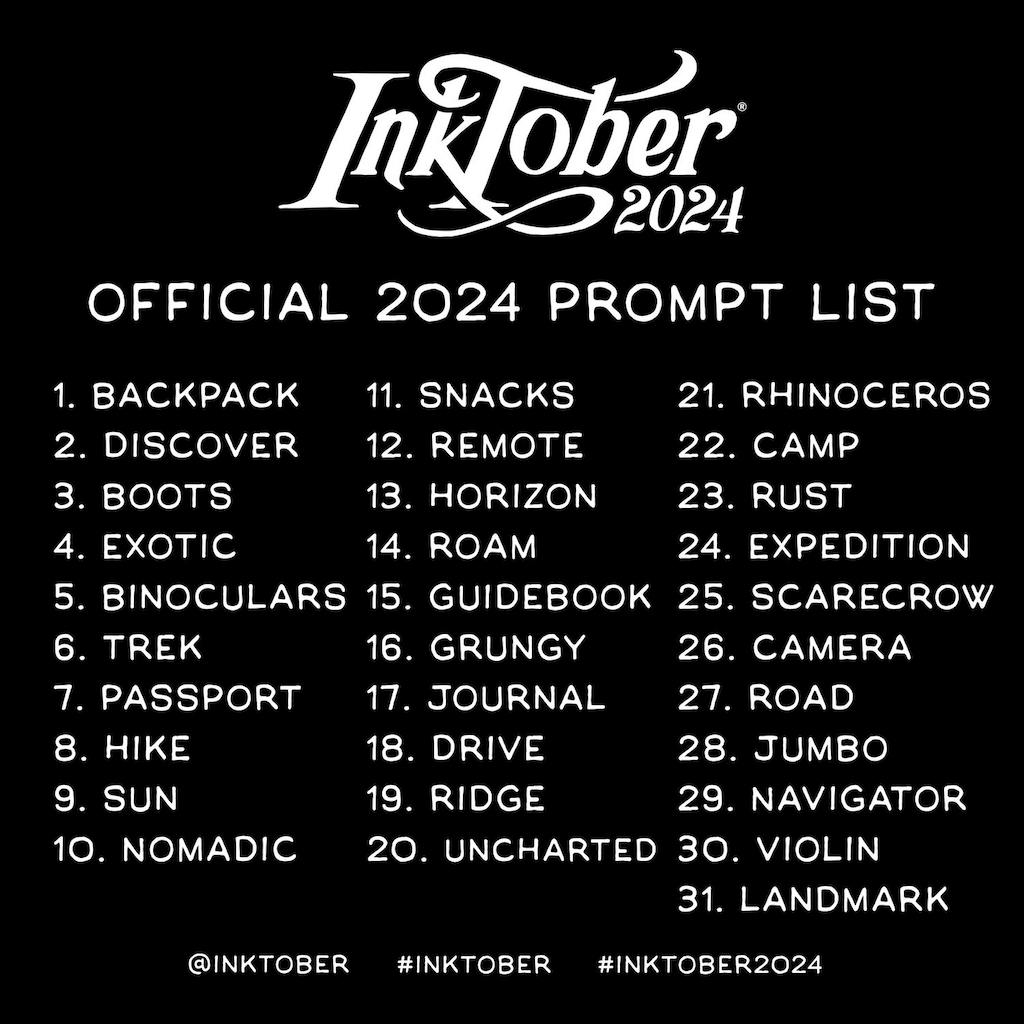Detecting objects with Gemini 2.0 and LangChain4j
Hot on the heels of the announcement of Gemini 2.0, I played with the new experimental model both from within Google AI Studio, and with LangChain4j.
Google released Gemini 2.0 Flash, with new modalities, including interleaving images, audio, text, video, both in input and output. Even a live bidirectional speech-to-speech mode, which is really exciting!
When experimenting with AI Studio, what attracted my attention was AI Studio’s new starter apps section. There are 3 examples (including links to Github projects showing how they were implemented):
Read more...
